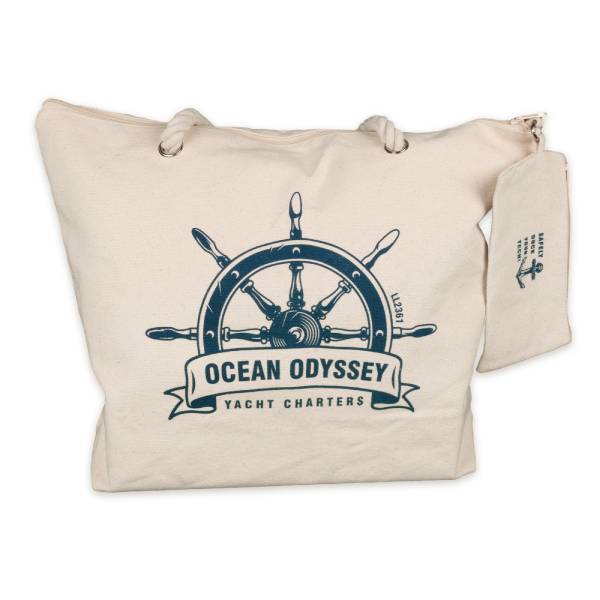
What is the Process of Screen Printing?
Screen printing involves applying UV inks directly onto a product's surface by pushing ink through a fine mesh screen using a squeegee. This method typically prints one colour at a time, making it ideal for logos with a single colour. If your design has multiple colours, additional screens are used, and pricing depends on the number of colours printed. There are two main types of screen printing: Flatbed, which is great for t-shirts and tote bags, and Rotary, which works best for cylindrical items like drink bottles.
Advantages
- Versatile Print Areas: Can print on both flat and cylindrical products.
- Perfect for Bold Designs: Best for large, solid blocks of colour.
- Colour Matching: PMS colours can be matched on white or light products.
- Fast Drying: Inks dry quickly, allowing for fast turnaround and shipping.
- Metallic Inks Available: Gold and silver inks can be used on request.
Limitations
- Not Suitable for Fine Detail: Struggles with intricate designs or half-tones.
- No Personalisation: Variable data, like names or numbers, can’t be printed.
- Colour Matching on Dark Items: Close PMS matches may not show well on dark products.
- Setup Cost per Colour: Each colour incurs an additional setup fee.
Artwork Requirements
- Format: Vector artwork (EPS, Ai, or PDF) is needed.
